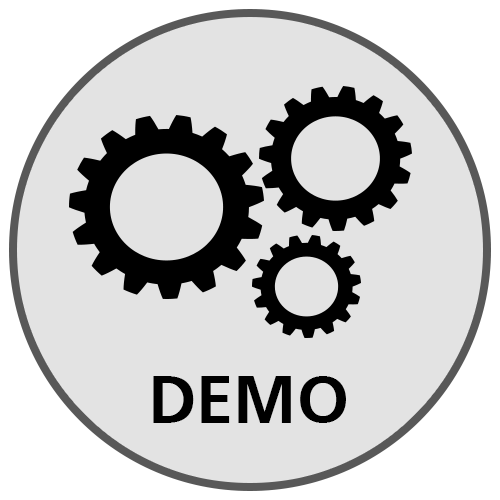Augmented Reality – A New Dawn of Possibilities in Online Training / eLearning
Augmented Reality – sounds like high-tech si-fi phenomenon. Isn’t it?
Every new invention takes its place in our daily lives giving us a similar experience. In the beginning, it astonishes and makes us a passive observant. But as time passes, we start sensing its obvious presence in our environment. Once we adapt to it, in no time we tend to grow curious to figure out its capabilities and take advantage of them in making our lives better and easier. Augmented Reality is one of the finest examples of such inventions. In this blog, we will discuss the possibilities of Augmented Reality in digital learning – eLearning Industry as well as Learning and Development field.
The concept of augmenting the real world by virtual data has started in late 1970s. In 1990, Augmented Reality (AR) was coined by Tom Caudell. Since then, Augmented Reality has been adopted by few large corporations for visualization and training purposes. Thanks to the phenomenal computing capabilities today’s smartphones and computers possess, opening new doors for augmented reality to enrich our daily lives.
Areas where introduction of Augmented Reality made a difference in digital learning/online training:
 |
 |
 |
 |
 |
| Education | Vocational Training | Logistic Handling |
Marketing | Product Demonstrations |
What is Augmented Reality?
Augmented reality is one of the major inventions which is changing the way we experience the world. It allows us to interact and explore virtual information/content/objects in real physical environment. Augmented reality is not about a device or better computing, it is about changing our way or approach to experience, explore and learn. It is usually a 2D image, like something that is printed on a poster. As the augmented reality app perceive its target through the camera it processes the image and augments it with pictures, sound and animations. For instance, we may see a static 2D image on a paper comes to life and speaks or responds to our actions. Provided, we look at the image through the augmented Reality (AR) application.
Augmented Reality in Education
Augmented Reality (AR) technology has dramatically shifted the location and timing of learning and training.
Johnson, et. al. (2010) stated, “AR has strong potential to provide both powerful contextual, on-site learning experiences and serendipitous exploration and discovery of the connected nature of information in the real world.”
Shelton, B. E. (2002) estimated that AR has not been much adopted into academic settings due to little financial support from the government and lack of the awareness of needs for AR in academic settings.
With the current stage of advancement in AR technology; cost has not remained a critical concern. Several different forms of AR technological applications have been developed. For example, the concept of Interactive Books could be a cost effective alternative compared to Object Modeling for industries.
Areas of Augmented Reality applications in learning and development or eLearning or Online Training
The current ongoing research has identified, the following five areas of AR applications:
- Discovery Learning – In museums, learners can access AR mobile applications and discover historical events by exploring various sections and arsenals. The AR mobile application helps learners to access relevant videos, maps or audio content. Learners can hold up their phone against a statue and information would appear on screen.
- Objects Modeling – Learners love to use their hands and brain in their learning process. Using AR technology, medical students can explore model of human anatomy to study different parts and their features individually separated from each other. AR enables learner to interact with the model by rotating it in any direction and have a full 3600 They can even have exploded view of the object to observe its sub-parts. As there is no use of monitor, learner can enlarge the model to any size. Simultaneously, two learners can study the same model wearing Microsoft HoloLense.
- Interactive Books – Augmented reality books are like any other books except some digital content is embedded into them. When the pages are placed in front of mobile device camera, 3D elements, animations, audio comes to life through the device.
- Skills Training – Technicians need training to acquire assembly and maintenance skills important for their respective industry machine. Using AR technology, digital content can be linked to machine parts. Using camera-enabled handheld devices, technicians can learn through explainer animations and other graphic content.
To Conclude…
Augmented Reality combined with mobile learning is going to provide awesome and engaging learning experience with its wide spectrum of possible applications in the eLearning world. We must be curious and contrive new possibilities to improve online learning / eLearning outcomes.
We recommend you to checkout our upcoming posts on different aspects of Augmented Reality in Education specific to eLearning.
Our Services: Elearning Translation, PPT to eLearning, Custom eLearning Services


Leave a Reply
Want to join the discussion?Feel free to contribute!